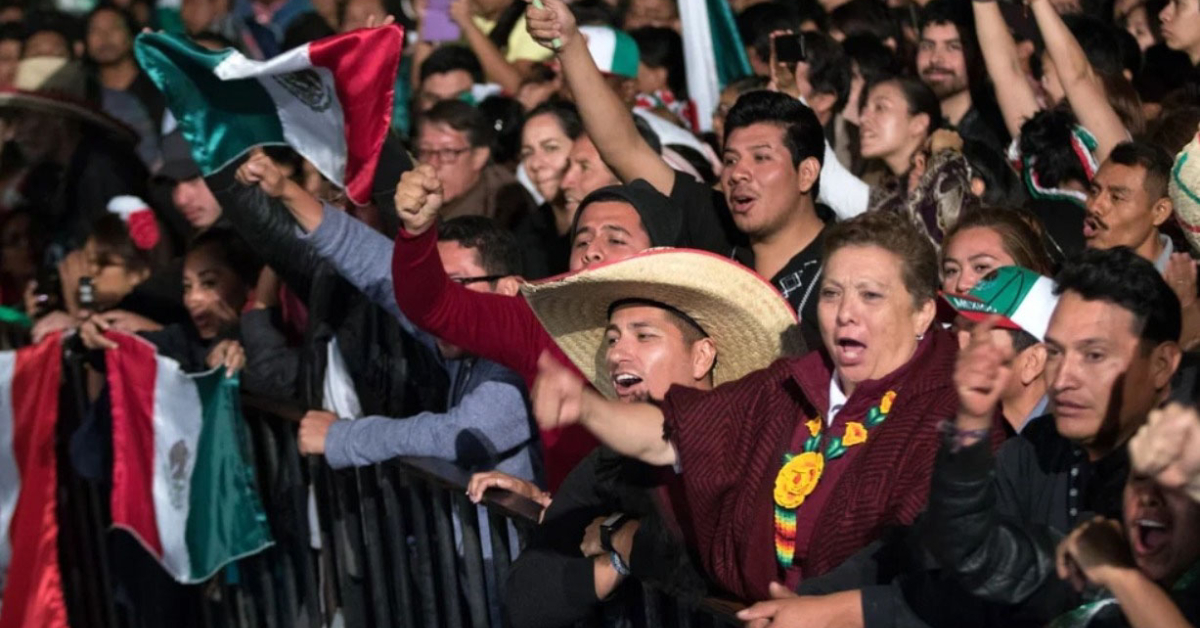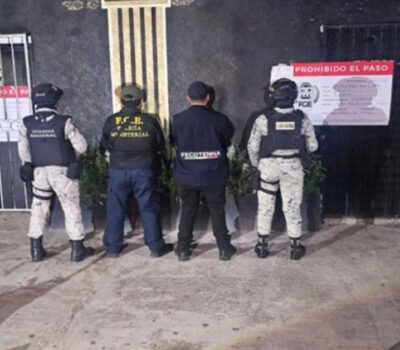In Mexico, every September 16 the country stops, the bulk of the population rests, the streets empty, and Armed Forces aircraft fly over the skies of the capital. This is the commemoration of national independence.
However, despite what is commonly believed, the country did not achieve its freedom on September 15 or 16, but Independence was proclaimed on September 27, 1821, with the entry of the Trigarante Army to the capital city, after weeks before the Treaty of Córdoba was signed between the lieutenant general of the Spanish armies and sent by the crown to be viceroy, Juan O’Donojú, and the first head of the Mexican imperial army, Agustín de Iturbide.
This stage of history was a long political and social process with which Mexico got rid of the Spanish occupation, which controlled the territories of the Spanish crown in America, from what is now California, United States, to the current territory of Costa Rica, in Central America, for 300 years, after the fall of Tenochtitlan in 1521.
The war of independence began with the call to combat by the priest Miguel Hidalgo in the Alhóndiga de Granaditas, in what is now the municipality of Dolores Hidalgo, in Guanajuato. The clergyman summoned the people to rise up in arms against the local authorities during the early hours of September 16, 1810. This event marked the beginning of the war of independence for which it is celebrated and commemorated year after year. However, the process of seeking national independence was more complex than that.
So while the 15th isn’t technically the date Mexico achieved independence, it’s celebrated on the 15th because that was the day the fight for independence was declared, and because -according to various historians- former President Porfirio Díaz officially declared the 15th as Independence to coincide with the date of his birthday, September 15.
The armed uprisings of 1810 were not the first, because throughout the colonial period – which spanned three centuries – several children of Spaniards born in Mexico, known as Creoles, demonstrated against the administration exercised by the viceroyalty.
The first to raise his hand to achieve the independence of New Spain was Martín Cortés, son of Hernán Cortés, who in the early years of Viceroyalty Mexico was dissatisfied with the Spanish administration that violated the Creoles and relegated them to secondary tasks, leaving complete control for peninsular Spaniards, that is, those born in Spain.
And like him, several people tried to achieve national emancipation, such as Hidalgo himself, Ignacio Allende, and Josefa Ortiz, who were Creoles. It was not until 1820 -ten years after the start of the war- that the possibility of independence began to be a subject accepted by various social groups, since until then the aristocrats and the well-to-do were against it.
Even the head of the royalist army, Agustín de Iturbide, changed his mind and by 1821 he was convinced that the new Spain should get its freedom. Thus, he lobbied various insurgent military groups to unify the Trigarante Army, which was forged under three principles: Religion, Independence and Union.
After the promulgation of the Plan of Iguala or the Three Guarantees, and with the signing of the Treaty of Córdoba between the representative of the Spanish crown, Juan O’Donojú and Iturbide on August 24, the Trigarante Army triumphantly entered Mexico on August 27. September 1821.
The act of independence of the Mexican Empire was signed on September 28, which is officially the day in which Mexico was recognized as an independent country, with which Agustín de Iturbide became the First Emperor and first ruler of independent Mexico.
How is Mexico’s Independence Day celebrated?
The Cry of Dolores, or Cry of the Independence of Mexico, begins the national holidays. It is considered the beginning of the Independence of Mexico and, although there is no official version, tradition has it that the priest Miguel Hidalgo y Costilla, accompanied by Ignacio Allende and Juan Aldama, rang the bell to gather his parishioners, getting them to rise in arms on September 16, 1810, in the town of Dolores Hidalgo, about 300 kilometers from the capital, Mexico City. Independence and the cry of Dolores have been linked ever since.
Currently, the day of Mexican independence begins on the night of September 15 to 16 when different members of the Government -including the President of the Republic- carry the national flag while haranguing the population with a modified cry of Dolores to which each speaker gives a personal touch. Later a bell is rung and the National Anthem is sung. That is when the formal party ends and the verbena begins in the streets for the national Holiday of Mexico.
Versions of the Cry of Independence happen across the country at city and state levels. In Puerto Vallarta, the mayor each year delivers the Cry from the municipal building with thousands of onlookers.
Typical Mexican food to celebrate Mexico’s Independence Day
Mexican gastronomy is one of the richest and most well-known in the world, so if you visit Mexico during Independence Day you should not forget to try almost every dish and drink you come across.
During the celebration of the National Day of Mexico, the streets are filled with food stalls where you can taste the traditional pozole –a broth made up of grains of corn, chili, and chicken or pork meat–, but also tostadas, and enchiladas. And of course, as in any self-respecting Mexican party, a good tequila or beer, or for those looking for a little spice, a michelada should not be missing. And to toast to Mexican independence!
In addition, on this special date for Mexicans, meals are often prepared in such a way that they imitate the colors of the flag. Pozoles are made red, green, and white – from shrimp – just like in rice or tortillas, they play with green and red sauces to honor independence.
The national holiday of Mexico’s Patriotic Day: festivals, mariachis and fireworks
After the ‘Cry of Dolores’, the streets of the cities of Mexico are filled with celebration. Everywhere flags wave and many Mexicans can be seen wearing the typical costumes of the country to celebrate this special day of their calendar. In addition, it is common for some of the most emblematic buildings in the country to be illuminated with the colors of the Mexican flag. All this is seasoned with fireworks shows and live music around the country (including Puerto Vallarta). A party in style to celebrate Mexico’s Independence Day, which together with the Day of the Dead, make up the two most important celebrations in the country.
Celebrating Independence Day in Puerto Vallarta
On Wednesday, September 14, within the framework of the National Day of the Charro, at 11:00 am, participants from the 12 charro associations of the municipality will parade through the city streets. The tour will begin in the Emiliano Zapata neighborhood, at the intersection of Basilio Badillo and Ignacio L. Vallarta, they will advance north along this road to continue along Morelos Street, continue along the Malecón and Mexico Avenue until they end at Nicaragua Street. Several of them will then go to El Pitillal, where they will have more activities planned.
On Thursday 15, at 11:00 p.m., the municipal mayor, Profe Michel, will perform the Cry of Independence from the central balcony of the Municipal Palace, in front of the Plaza de Armas, where the presence of thousands of Vallartans and visitors is expected.
And for Friday, September 16, the traditional civic-military parade is scheduled to take place in Puerto Vallarta, celebrating the start of the fight for Independence, with the same route as the Charro parade, almost two kilometers. Friday’s parade will begin at 10:00 am.
In Mexico, every September 16 the country stops, the bulk of the population rests, the streets empty, and Armed Forces aircraft fly over the . . .












